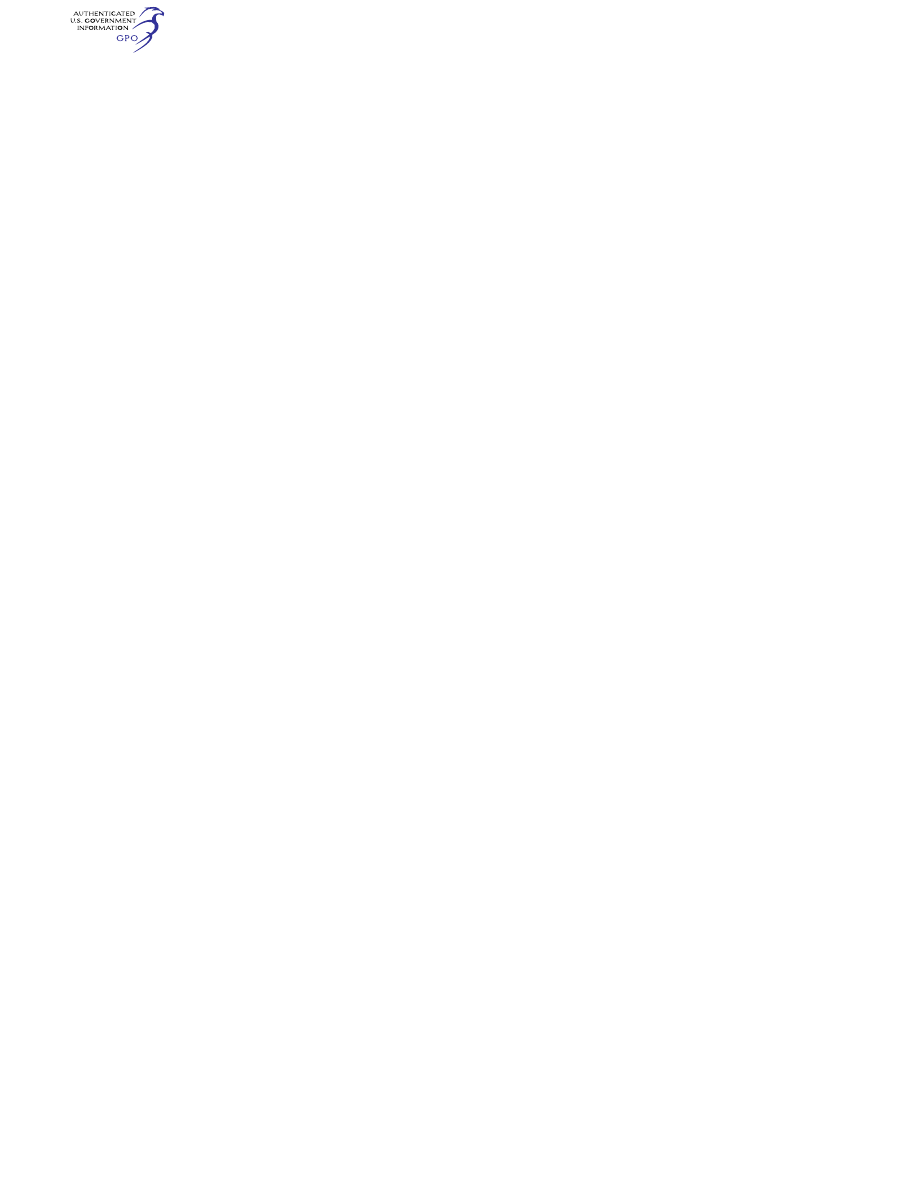
221
Federal Aviation Administration, DOT
§ 121.579
with regard to compliance with this
section.
[Doc. No. 26142, 57 FR 42674, Sept. 15, 1992]
§ 121.578 Cabin ozone concentration.
(a) For the purpose of this section,
the following definitions apply:
(1)
Flight segment
means scheduled
nonstop flight time between two air-
ports.
(2)
Sea level equivalent
refers to condi-
tions of 25
°
C and 760 millimeters of
mercury pressure.
(b) Except as provided in paragraphs
(d) and (e) of this section, no certifi-
cate holder may operate an airplane
above the following flight levels unless
it is successfully demonstrated to the
Administrator that the concentration
of ozone inside the cabin will not ex-
ceed—
(1) For flight above flight level 320,
0.25 parts per million by volume, sea
level equivalent, at any time above
that flight level; and
(2) For flight above flight level 270,
0.1 parts per million by volume, sea
level equivalent, time-weighted aver-
age for each flight segment that ex-
ceeds 4 hours and includes flight above
that flight level. (For this purpose, the
amount of ozone below flight level 180
is considered to be zero.)
(c) Compliance with this section
must be shown by analysis or tests,
based on either airplane operational
procedures and performance limita-
tions or the certificate holder’s oper-
ations. The analysis or tests must show
either of the following:
(1) Atmospheric ozone statistics indi-
cate, with a statistical confidence of at
least 84%, that at the altitudes and lo-
cations at which the airplane will be
operated cabin ozone concentrations
will not exceed the limits prescribed by
paragraph (b) of this section.
(2) The airplane ventilation system
including any ozone control equipment,
will maintain cabin ozone concentra-
tions at or below the limits prescribed
by paragraph (b) of this section.
(d) A certificate holder may obtain
an authorization to deviate from the
requirements of paragraph (b) of this
section, by an amendment to its oper-
ations specifications, if—
(1) It shows that due to cir-
cumstances beyond its control or to
unreasonable economic burden it can-
not comply for a specified period of
time; and
(2) It has submitted a plan acceptable
to the Administrator to effect compli-
ance to the extent possible.
(e) A certificate holder need not com-
ply with the requirements of paragraph
(b) of this section for an aircraft—
(1) When the only persons carried are
flight crewmembers and persons listed
in § 121.583;
(2) If the aircraft is scheduled for re-
tirement before January 1, 1985; or
(3) If the aircraft is scheduled for re-
engining under the provisions of sub-
part E of part 91, until it is re-engined.
[Doc. No. 121–154, 45 FR 3883, Jan. 21, 1980. Re-
designated by Amdt. 121–162, 45 FR 46739,
July 10, 1980, and amended by Amdt. 121–181,
47 FR 58489, Dec. 30, 1982; Amdt. 121–251, 60
FR 65935, Dec. 20, 1995]
§ 121.579 Minimum altitudes for use of
autopilot.
(a)
Definitions.
For purpose of this
section—
(1) Altitudes for takeoff/initial climb
and go-around/missed approach are de-
fined as above the airport elevation.
(2) Altitudes for enroute operations
are defined as above terrain elevation.
(3) Altitudes for approach are defined
as above the touchdown zone elevation
(TDZE), unless the altitude is specifi-
cally in reference to DA (H) or MDA, in
which case the altitude is defined by
reference to the DA(H) or MDA itself.
(b)
Takeoff and initial climb.
No person
may use an autopilot for takeoff or ini-
tial climb below the higher of 500 feet
or an altitude that is no lower than
twice the altitude loss specified in the
Airplane Flight Manual (AFM), except
as follows—
(1) At a minimum engagement alti-
tude specified in the AFM; or
(2) At an altitude specified by the Ad-
ministrator, whichever is greater.
(c)
Enroute.
No person may use an
autopilot enroute, including climb and
descent, below the following—
(1) 500 feet;
(2) At an altitude that is no lower
than twice the altitude loss specified in
the AFM for an autopilot malfunction
in cruise conditions; or
(3) At an altitude specified by the Ad-
ministrator, whichever is greater.
